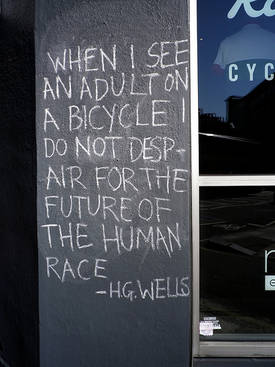“Finder: Voice” GN by Carla Speed McNeil
Tuesday, June 14th, 2011I am very, very sorry. How is it, why is it, I’ve never written here about Carla Speed McNeil’s comic-book series Finder? There is no other series I’ve been reading as long as I’ve been reading Finder, which is since the beginning, about 15 years. But I’ve never yet written about it, probably because up until “Voice” I’ve purchased single issues and not read them in graphic-novel collections. But now they’re being collected by Dark Horse Press, and they’re in pretty shiny packages with tons of explanatory notes at the end. So I picked up Voice and am writing about Finder for the first time. And for that, I apologize. Because if you like comics, and you like speculative fiction, then perhaps you, like me, will LOVE Finder, which the author described as “aboriginal science fiction.”
Finder refers to Jaeger, a mystery man, who is introduced at the beginning of the series in the storyline “Sin Eater.” He’s living with Emma Grosvesnor and her three daughters. Subsequent stories follow Jaeger, the Grosvenors, or other characters in this rich, fantastic world. In “Voice,” we follow the eldest Grosvenor daughter, Rachel, as she goes through the “conformation competition” for her clan. This is a coming of age novel as we follow a character who starts off light and shallow. When she is mugged and a necessary heirloom is stolen, she had to delve deep, into her world, looking for Jaeger, and into herself, to figure out what to do next.
McNeil has distinct, accessible, manga-influenced art, and her characters are engaging. Rachel’s internal and external journeys had me enthralled. I devoured this book in fewer than 24 hours. Additionally, I plan to buy the stories in their new collected forms and re-read from the beginning. This fills me with a great deal of geek joy.





